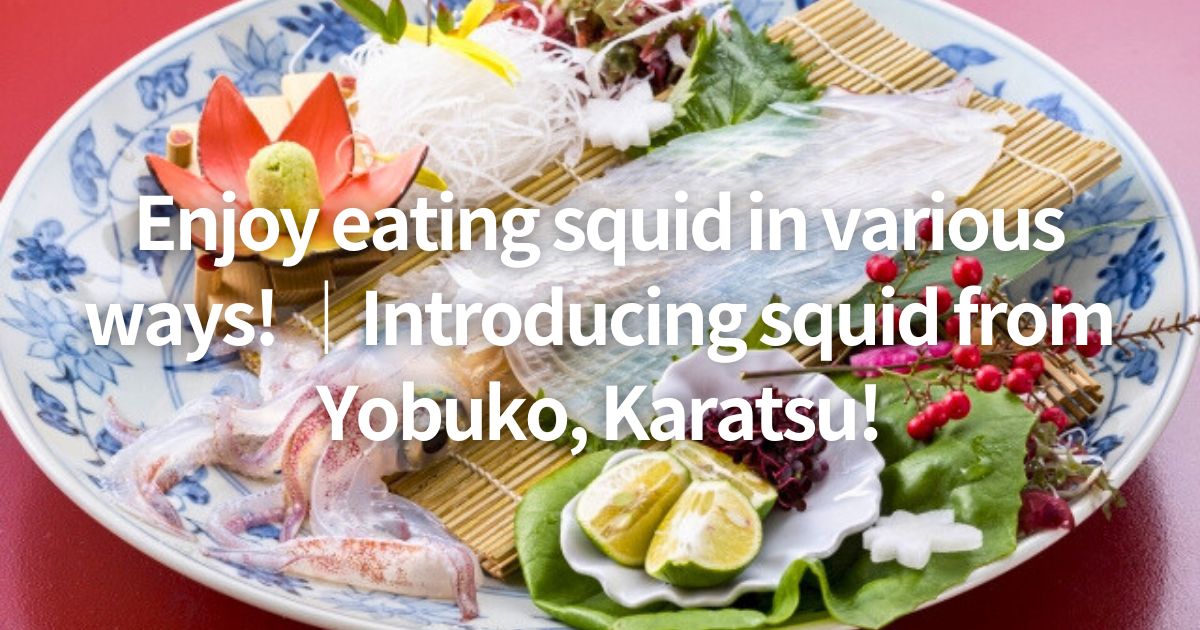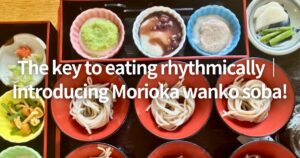There are many reasonably priced and delicious foods in Kyushu compared to Tokyo, but in Karatsu and Yobuko in Saga, squid is famous.
There are squid available in Karatsu and Yobuko all year round, such as Yari-ika, mizu-ika, kou-ika, and sasai-ika, and this time of year, the Yari-ika is very tasty.
Another interesting thing about squid is that there are many different ways to eat it.
You can enjoy squid in various ways, such as dancing and eating fresh squid raw, adding it to salads, making shumai, and making tempura.
In addition, while eating squid, it is recommended to visit the morning market in Yobuko or take a cruise on a sightseeing boat to enjoy the surrounding tourist spots.
So, in this article, I will explain about squid in Karatsu and Yobuko, its history, attractive points, recommended famous restaurants and sightseeing spots in the area, including my experience.
I would be very happy if you could help me get to know the squid of Karatsu and Yobuko.
Why are squid from Karatsu and Yobuko famous in the first place?
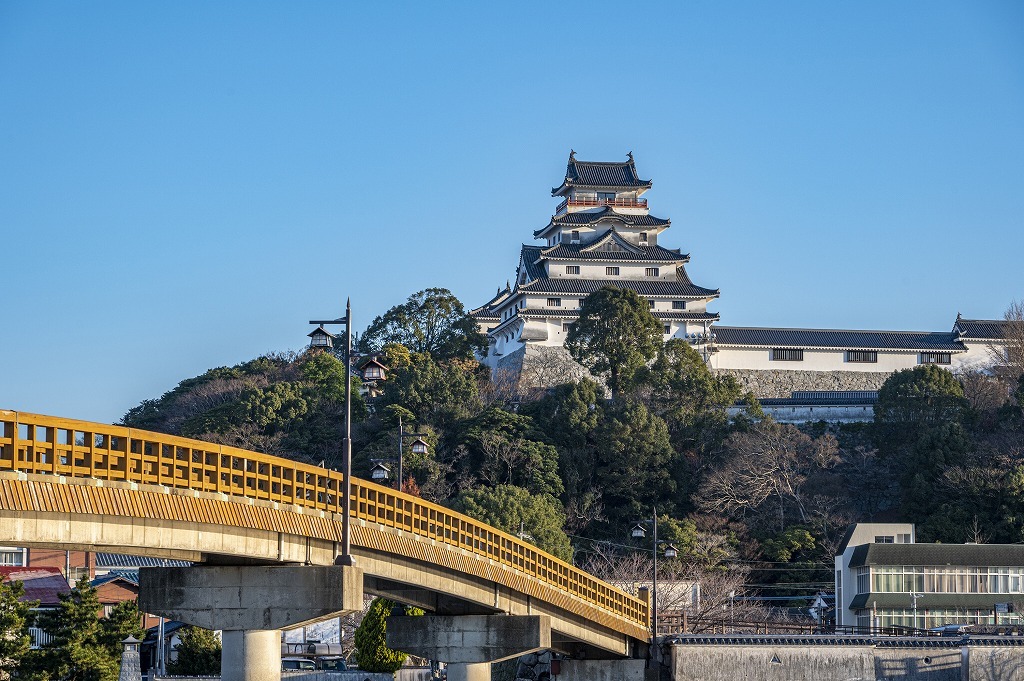

Yobuko Town in Karatsu City in northwestern Saga Prefecture is nationally known as the “town of squid.
In particular, “squid ikizukuri” is a specialty, and many tourists visit the town in search of this clear and fresh squid.
Yobuko is also famous as one of the three major morning markets in Japan, and its history as a port town and the abundant seafood from the Genkai Sea are attractive.
Squid is also a beloved symbol of the city, and is so deeply connected to the culture of the area that squid motifs are used on everything from sightseeing boats to souvenirs and even Christmas trees in winter.
In fact, the fame of Yobuko’s squid is not merely due to the amount of squid caught.
Although Saga Prefecture ranks about 24th in terms of national catch, the high quality of the high-end Yari and Kensaki squid, as well as the local techniques and environment that make the best use of them, have established Yobuko’s squid’s fame.
As a port town with a history of more than 300 years, this area has taken advantage of the bounty of the Genkai Sea, a rich fishing ground.
Why is the squid from Karatsu and Yobuko particularly delicious?
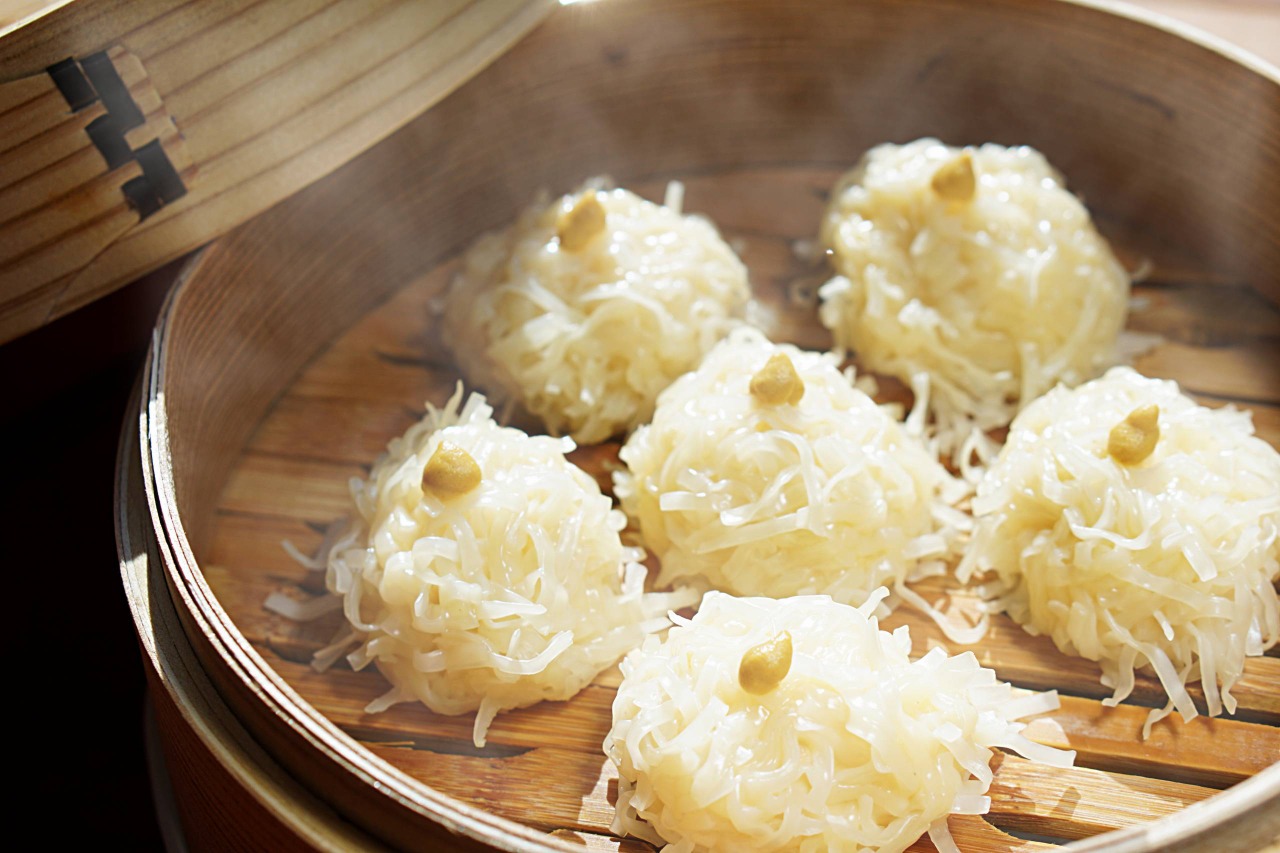

There are three main reasons why Yobuko squid is especially delicious.
The first is the fish tank environment with nutrient-rich seawater.
Yobuko Bay is served as a breakwater by Kabe Island, which creates tidal currents in the bay, so the seawater is always clean.
Many restaurants draw seawater directly from the Genkai Sea and fill their fish tanks with nutrient-rich seawater containing plankton, so the squid retains its original sweetness and flavor.
The second is the skill and ingenuity of the chefs.
In Yobuko’s squid live cooking, it is important to cut the squid quickly.
Squid needs to be rinsed with water when it spits ink, which causes the flesh to become cloudy, so quick cooking is essential to maintain its transparency.
In addition, the unique sweetness of squid lies between the pigmented skin and the flesh, so the sweetness is preserved by not wiping off the water.
When eating squid, it is characterized by a crispy texture followed by a sweet taste that spreads in the mouth.
Third is the consistent attention to freshness from the fisherman to the cooking process.
Fishermen do not touch squid with their bare hands (because the warmth of their hands can kill the squid), and they fish without any human touch.
By minimizing the time between landing and cooking, the squid can be served in its best condition.
The trinity of the sea, people, and technology unique to this region supports the delicious taste of squid.
Heh. The reason why the squid from Karatsu and Yobuko tastes so good is due in large part to the efforts of the producers and the skills of the craftsmen…
Three Attractions of Karatsu and Yobuko Squid
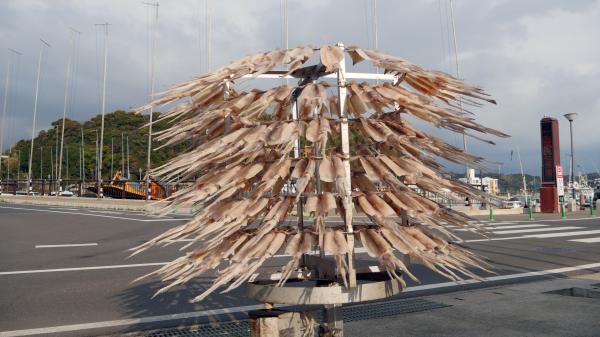

I summarized some of the attractions of squid in Karatsu and Yobuko.
Amazing clarity and sweetness – an impressive experience of “ikizukuri
The greatest appeal of squid “ikizukuri” from Karatsu and Yobuko is its amazing transparency and sweetness.
In particular, fresh Yari squid (squid) is characterized by its shiny transparent flesh, and its natural sweetness that fills the mouth after a crunchy texture is exquisite.
Many people say they cannot forget the shock they felt when they first tasted it.
The fresh squid is taken out of the fish tank after being ordered, and is quickly processed by the chefs. This prevents the squid from spitting ink and keeps the flesh clear.
In addition to “squid sashimi,” you can also enjoy “atozukuri,” a dish in which the part of the squid that is the belly is cooked in tempura or grilled with salt, providing a luxurious experience in which you can taste all the squid you want.
Top quality produced by the blessings of the Sea of Genkai and local techniques
The reason why the squid from Karatsu and Yobuko is so special is the fusion of the world-class fishing grounds of the Genkai Sea and local traditional techniques.
These waters are a nutrient-rich fishing ground where the Tsushima Current flows, producing high-quality squid.
At local stores, seawater pumped directly from the Genkai Sea is circulated through fish tanks to keep squid in a nutrient-rich environment that contains plankton.
Fishermen also do not touch the squid with their bare hands (as the warmth of their hands can kill the squid), and everything from landing to cooking is done in the shortest possible time to keep the squid at its best.
The fishermen and cooks in this region have special know-how to bring out the maximum sweetness of squid with their skills and experience cultivated from generation to generation.
Even though the overall catch of squid in Saga Prefecture is not large, it has earned a national reputation for its high quality.
Diversity of squid and food culture to be enjoyed in all four seasons
One of the attractions of Karatsu and Yobuko is that visitors can enjoy different kinds of squid depending on the season.
From spring to fall (mainly from May to October), “ yari-ika” is the star of the show, known as the “charismatic figure of the squid world” with its sweet, crunchy texture and shiny, clear flesh.
From winter to spring (December to March), “aori squid” (locally called “mizu-ika”) makes its appearance, also known as the “king of squid,” with its thick, soft, and sweet flesh.
In early spring (March to April), “Kou squid” may also be tasted.
In this region, squid is more than just a foodstuff; it has become a cultural symbol.
Squid motifs can be seen everywhere in town, and in winter, a Christmas tree in the shape of a squid even appears.
The Yobuko morning market, one of the three major morning markets in Japan, also offers a wide variety of squid products and continues to attract visitors.
It’s nice to be able to enjoy some kind of seasonal squid all year round. Also interesting is the fact that squid has taken root in the region as a culture…
Three famous squid restaurants in Karatsu and Yobuko that I recommend
This time, I would like to introduce my recommended restaurants of squid in Karatsu and Yobuko and their recommended menus.
My recommendation for squid restaurants in Yobuko, Karatsu
My recommendation for squid restaurants in Yobuko, Karatsu
Genkai Fish Restaurant
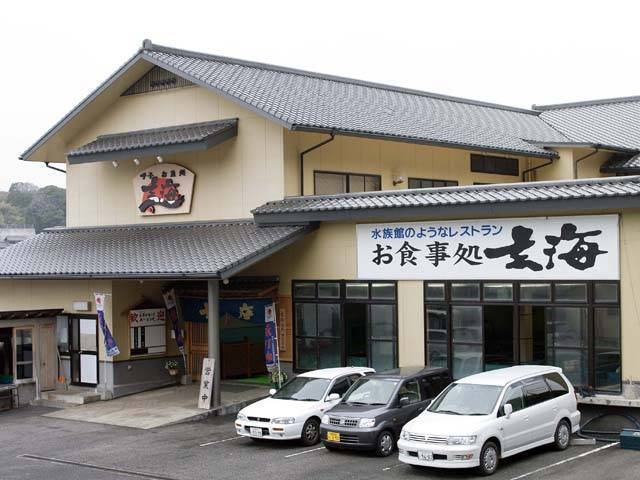

✅ Recommended Points
- In business since 1969, Genkai is known as one of the first restaurants in Yobuko to serve live squid.
- The restaurant has more than 10 fish tanks with seawater drawn directly from the Genkai Sea, creating a scene similar to that of an aquarium.
- It should be noted that seawater is periodically circulated to keep the fish tanks fresh and provide the best environment for squid.
- You can enjoy a special experience where you can dine while watching the squid swim by.
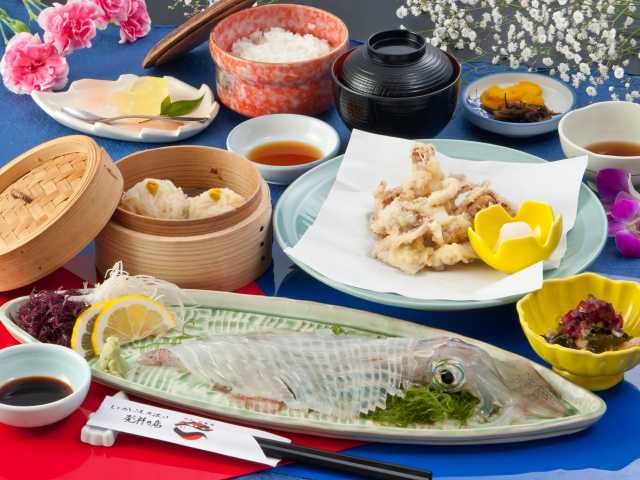

✅ Recommended menu
- Ikizukuri set menu
- The squid ikizukuri set is Genkai’s signature dish.
- Fresh squid is taken out of the fish tank upon order and quickly processed by skilled artisans to be served in its clear and best condition.
- This course includes not only live squid, but also homemade ikizukuri, geso dishes (tempura, grilled or simmered), rice, and soup.
- Depending on the season, seasonal squid such as “kensaki squid,” “aori squid,” and “kou squid” are used, allowing customers to enjoy the taste of each with its own unique characteristics.
Live Fish Cuisine Fishery Fire (Isaribi)
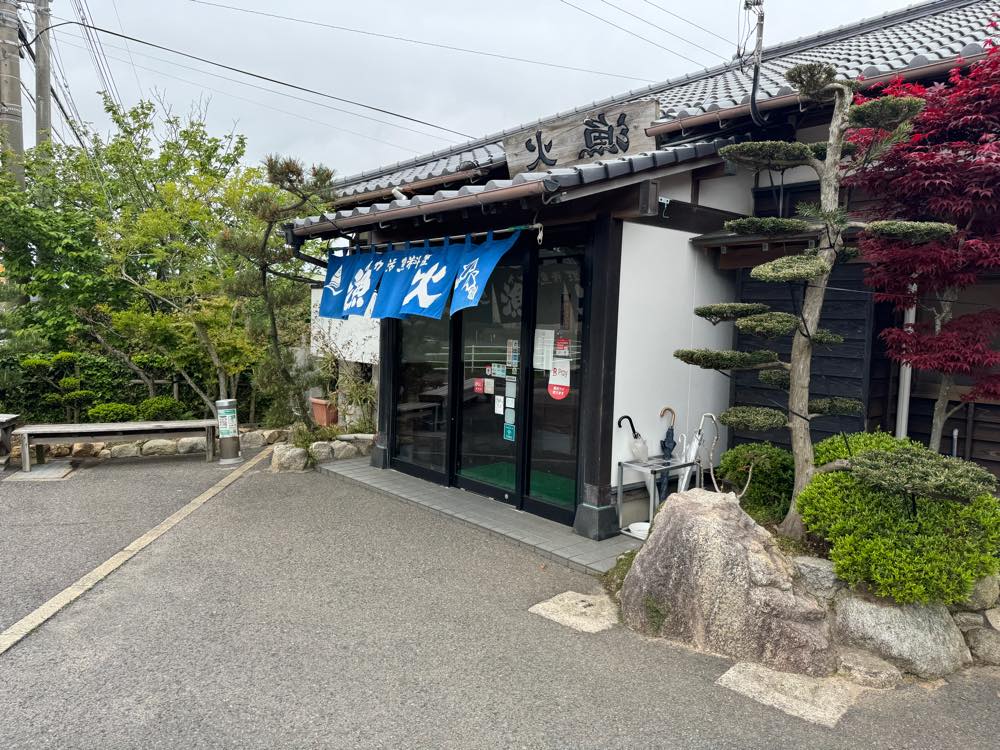

✅ Recommended Points
- Isaribi is a popular restaurant with a view of the Yobuko Ohashi Bridge.
- The restaurant is particular about the freshness of its squid, which are brought into the tank with the utmost care and without touching with the fingers.
- It is a luxurious space where you can enjoy fresh seafood purchased directly from fishermen while gazing at the spectacular view of the Genkai Sea.
- A tatami room is also available, and is recommended for families with small children.
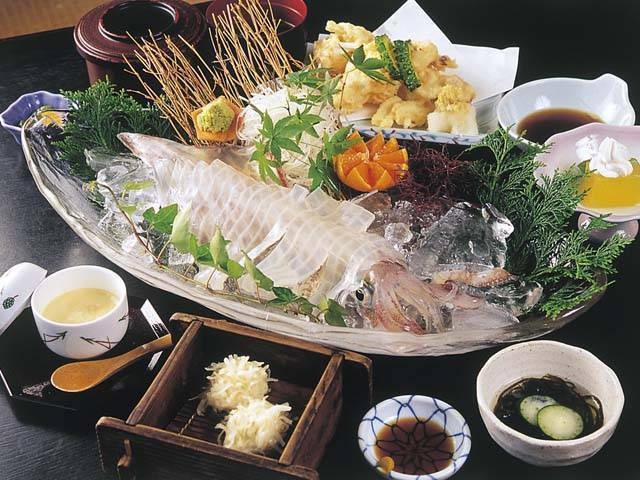

✅ Recommended menu
- Squid sashimi course
- The “Ikizukuri Squid Course” is a popular menu item that allows you to enjoy all of the restaurant’s attractions.
- The main dish consists of fresh, clear squid, and the special squid rice, as well as the tempura of the fish paste served as a follow-up dish, are also exquisite.
- In addition, carefully prepared side dishes such as chawanmushi (steamed egg custard) and kobachi (small bowls of cooked food) are also available, making the dish a hearty meal.
- Not only will you be able to fully enjoy the crunchy texture and sweetness of squid, but you will also be able to appreciate the richness of Yobuko’s seafood throughout the course.
Seiriki Ryokan, a seaside inn


✅ Recommended Points
- Seiriki Ryokan is a long-established ryokan located overlooking Yobuko Port.
- What makes this ryokan unique is that it has earned a high reputation not only as a place to stay but also as a place to dine.
- It is characterized by its commitment to freshness, with squid landed at Yobuko Port going directly to the fish tank in the restaurant.
- The unique method of cooking fresh squid scooped from the fish tank in seawater brings out the natural sweetness and texture of the squid to the fullest.


✅ Recommended menu
- Yobuko Squid Dinner
- The “Yobuko Squid Dinner” is a luxurious menu that only Seiriki Ryokan can offer.
- The menu features Yobuko squid, which is characterized by its sparkling transparency and crunchy texture, cooked in a variety of ways, such as homemade ikashu-mai, squid tempura, and salt-baked squid.
- In addition, fresh seafood from the Genkai Sea is also included, and we are particular about local ingredients such as miso and soy sauce from Karatsu and locally grown rice.
- If you enjoy it for dinner, you will have a blissful time tasting the delicious squid along with the sunset from the window.
The squid is fresher, clearer and more beautiful than the ones we eat in Tokyo, and most importantly, it looks delicious. I want to go there when I have time…
Column: Why do squids have 10 legs?
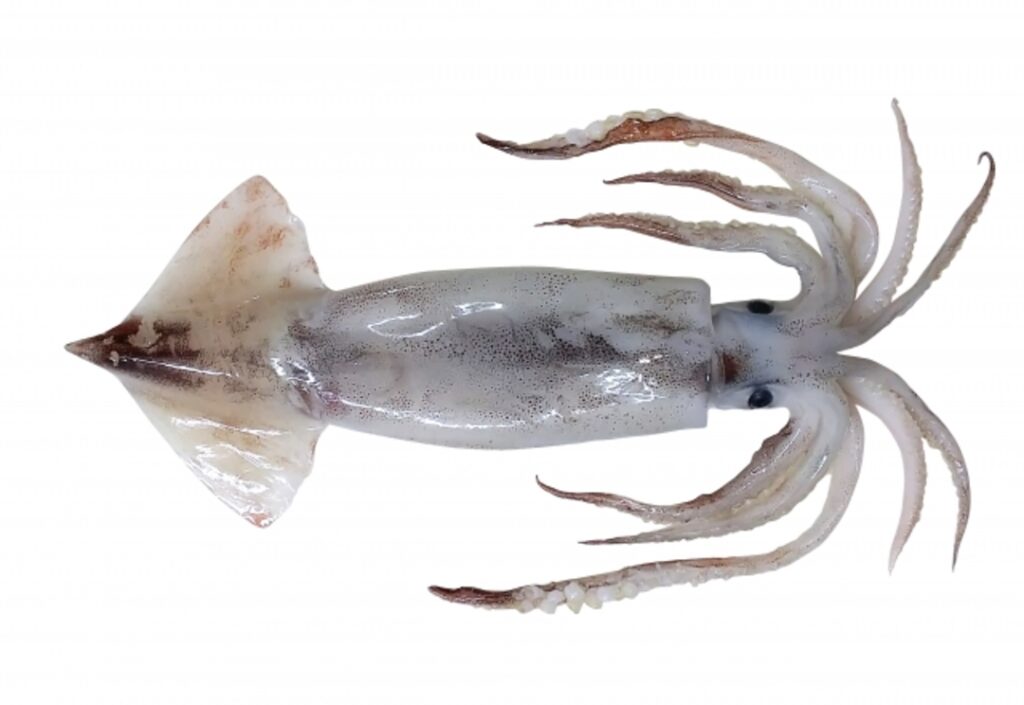

The reason why squid have eight legs and two tentacles has to do with their predatory behavior and evolution.
Cuttlefish are classified in the decapodiform suborder (Decapodiformes) and have evolved to have essentially 10 arms.
The eight legs are used to entangle and immobilize prey, and the two tentacles are used to quickly seize the prey.
This structure allows for efficient predation and has led to the squid’s ecological success.
However, not all squids have 10 arms throughout their lives.
Squids such as the octopus and the lamprey squid have 10 tentacles as juveniles, but as they grow, the tentacles drop off spontaneously and the adult squid has eight tentacles.
Some squids also lose their tentacles when they finish spawning.
This indicates that although the tentacles are useful for catching food, they are not absolutely necessary.
The octopus, on the other hand, lost its tentacles during the evolutionary process and has only eight legs.
It is believed that the common ancestor of the squid and octopus had 10 arms.
Heh. The evolutionary differences with the octopus are also somewhat strange and interesting…
Recommended places to stop by in Karatsu and Yobuko while dining
Here are three recommended places to stop by in Karatsu and Yobuko during your meal.
✅ Nanatsugama


Nanatsugama is a representative sightseeing spot in Yobuko. It consists of seven sea-eroded caves excavated over many years by the rough waves of the Genkai Sea.
This breathtaking natural beauty can be enjoyed up close on the sightseeing boat “Ika-maru.
This unique squid-shaped pleasure boat operated by Marine Pal Yobuko offers a 30-minute cruise around the precipitous caves.
Visitors can also observe fish swimming in the Genkai Sea through an underwater window on the whale-motif underwater observation boat “Gira.
This activity to enjoy nature and the marine ecosystem is very popular with families.
✅ Karatsu Castle


Karatsu Castle, also known as “Maizuru Castle,” is a magnificent castle built on a hill overlooking the white beach like a wing spreading east to west.
Built in 1602, the present keep was rebuilt in 1966.
Inside the castle is a museum displaying historical materials and excavated artifacts, and from the top floor, visitors can enjoy a magnificent view of Karatsu Bay and Nijinomatsubara.
It is especially popular as a cherry blossom viewing spot during the cherry blossom season, when about 200 cherry trees are in full bloom.
There is also a “Hikiyama Exhibition Hall” under the castle, where visitors can see the magnificent Hikiyama (floats) used in Karatsu Kunchi, which is designated as an Important Intangible Folk Cultural Asset of Japan, throughout the year.
✅ Nagoya Castle Ruins and Museum
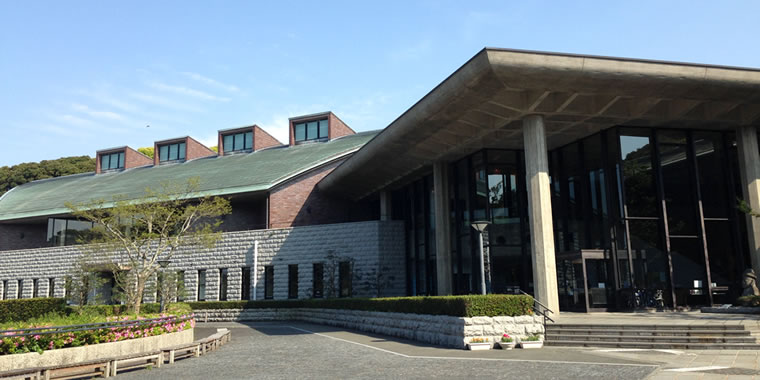

The Nagoya Castle Ruins are the remains of a huge castle built by Toyotomi Hideyoshi as a base for his invasion of Korea in 1592.
Stonewalls and earthen mounds remain on the vast site, and the ruins of as many as 130 daimyo residences are scattered around the castle.
At the Saga Prefectural Nagoya Castle Museum, visitors can learn about the conditions of the time and the history of the Korean invasion through excavated artifacts and historical materials.
The museum also houses the “Saga Prefectural Nagoya Castle Museum Korean Envoys to Korea Archives,” which aims to promote cultural exchange with Korea, allowing visitors to learn more about the historical ties between Japan and Korea.
It is only a 20-minute drive from Yobuko, and is a historical site where visitors can feel the romance of the magnificent Warring States Period.
In addition to this, the Yobuko morning market, one of the three largest morning markets in Japan, is located one street off the coast road.
It is lively with 40 to 50 stalls lined up, so be sure to stop by.


Be sure to visit Karatsu and Yobuko to enjoy the real taste!
The best way to enjoy the squid of Karatsu and Yobuko is to go there and enjoy the atmosphere, so I would like to recommend what you should take with you on your trip.
In this article, I will introduce some of my recommended travel items that can be purchased on Amazon.
I hope you will find them useful when considering travel items.
If you are interested, check out the following products on Amazon!









